Everything used in the recreation of the battle in Alex Garland and Ray Mendoza’s real-time drama was authentic.
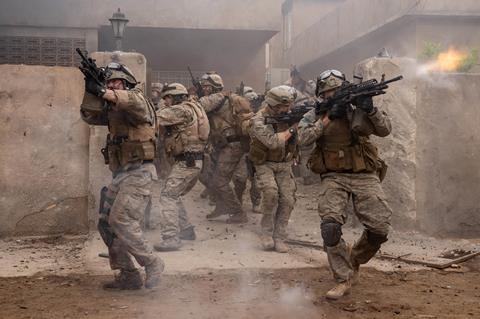
Sound designer/supervising sound editor Glenn Freemantle was applying the final cacophonous touches to 2024’s Civil War when writer/director Alex Garland raised the prospect of Warfare, a real-time drama that would offer a forensic reconstruction of a 2006 street battle in Ramadi, Iraq. Garland stressed that the chaotic firefight between a platoon of Navy SEALs on a surveillance mission and Al-Qaeda forces controlling the area would be “100% real and no music”. Freemantle said, “Great.”
Freemantle is an Oscar winner (Gravity) and double Bafta winner (Slumdog Millionaire, Gravity) who has worked on every Garland project since The Beach, but never one like this, with its unwavering commitment to verisimilitude.
Co‑directed by former Navy SEAL Ray Mendoza, who was in Ramadi and served as a technical advisor and military consultant on Civil War, Warfare is an act of remembrance. “The whole purpose was to tell a true story in a true way,” says Freemantle. “The perspective of the film was how they were seeing and hearing it. How they were feeling it. Because sound makes you feel, not just hear.”
The five-week shoot took place at Bovingdon Airfield Studios in Hertfordshire, UK, where the T-shaped streets of the Ramadi residential neighbourhood were recreated by production designer Mark Digby, along with 13 life-sized buildings. The actors, who survived bootcamp, fired blanks on set, but each 20-minute take was immersive.
“Ray wanted to shock the actors, so we would supply him with sounds,” explains Freemantle. “We’d have explosions and fly-bys on speakers around the set. We’d use subs and bass end, with bass kickers. It would make them jump.”
Everything on set was authentic, from the machine guns, rifles and sidearms to the tanks and grenade launchers, with zero tolerance for props. ADR (additional dialogue recording) was discouraged, so the jargon-heavy, mission-focused dialogue at times competes with the din of bullets and IEDs, and the screaming they engender. There are sounds in Warfare that have never before been heard in films, says Freemantle.
“The supersonic cracks we learned about,” he recalls. “They hear the crack of the bullet going through supersonic sound before it hits them. That’s not used in films but that’s the realism of it. Ray said, ‘You hear the snap and you follow the snap and fire towards the snap.’”
Trigger happy
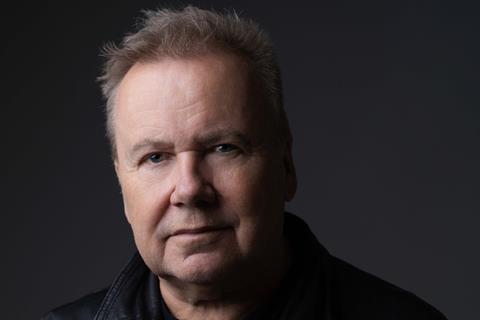
It was seven months of work for Freemantle and his Sound 24 team, who used a firing range in the Czech Republic.
“It’s difficult in the UK to get all the health and safety,” he says. “We had the real guns and shot live ammunition – through metal doors, concrete. Every moment of every gun is the real gun.”
The quest for authenticity went further, with Freemantle charged to recreate how the distressing discord of modern warfare registers depending on an individual’s geographical placement. Viewers are used to hearing a tinnitus-like whine on a film soundtrack after an explosion, but that is not the whole story.
“Everyone is different in their perception of it,” says Freemantle. “The comms guy was deaf. Some of them felt they were underwater. And there’s cracking in there. That’s inside your ear, where you’ve blown your eardrum and there’s fluid in the ear. It’s gurgling and cracking.”
Freemantle employed filters and bass end to replicate subjective hearing, as well as recording internal sounds such as blood pumping through arteries. The same granular detail was brought to outside noises, even those at a distance.
To duplicate the activity on the other side of the street, Iraqi families were recorded from matching distances, as they stood within and between stone buildings at Pinewood Studios. “The families [brought into Pinewood] had lived in those streets and knew what they’d say, which was invaluable,” says the sound designer.
For Freemantle and his team, the painstaking exactitude was repaid when Warfare – released by A24 in April in the US and UK – was screened to an audience of Navy SEALs in San Diego. “They came back saying it’s the most realistic film, and it actually feels like how they feel when they are there,” he says. “Which is a compliment to everyone involved.”

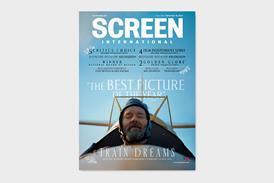







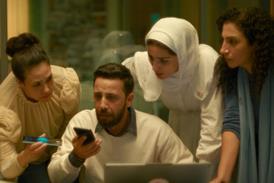


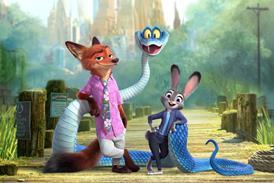

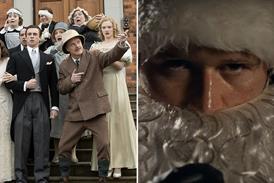







No comments yet